Sicilian people: mule soldiers, proof of virginity and more.
The elderly Sicilians tell us about the habits of the past. In this episode Vendors of broom, mule soldiers, "nonno sa benerica",…
 presents:
presents:
Sicilian pottery
Text by Eliana Calandra, Maurizio Gannuscio and Giovanni Vallone
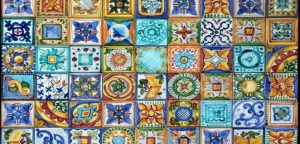
The idea of kneading clay with water and then cooking it dates back to about 8000 years ago when an ingenious prehistoric, in one of his countless attempts to invent something, laid the foundations for the future pottery.
Sicilian pottery has ancient traditions and the first evidence dates back to that period, called the Neolithic, because man, in addition to breeding animals, only knew how to work with stone.
Sicily, the cradle of civilization, in the center of the Mediterranean, gave birth to pottery with different colors and shapes depending on the area of the island of production.
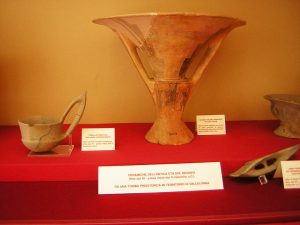
Sometimes shells were used to give the object a shape; and sometimes the nails were used.
Then came the Greeks and Sicilian pottery, along with everything else took off: art, ingenuity, military power.
Sicily soon dominated the Mediterranean.
The Siracusa coin is considered by many to be the one of “greatest value in the whole history of coining”.
And pottery followed it.
Between the end of the 5th century BC and at the beginning of the 4th century, a red-figure pottery on a black background developed in Sicily, commonly called Siceliot pottery.
Its production was extremely large and extraordinary and filled museums around the world.
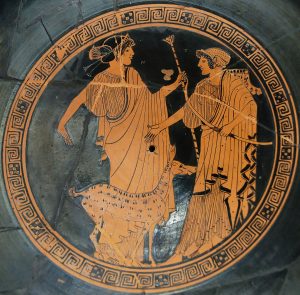
The pottery becomes a real history book and its representations tell us about the life of Sicily much more than the very rare writings that we received in that period .
A significant change took place in Sicily since the 11th century, when pottery were greatly influenced by the Maghreb. Arab Sicily is a Sicily of prestige, innovation, splendor.
A local production very similar to that of the Maghreb was born, called precisely “Sicilian-Maghrebi”.
But, above all, the Arabs make yet another master’s shot by giving Sicily that beautiful production of glazed pottery, that is the silicon and lead fused in the pottery that make it shiny and almost glassy.
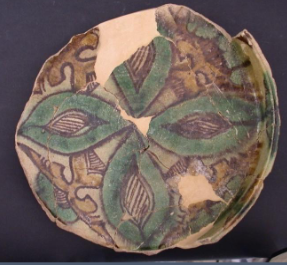
In the fourteenth and fifteenth centuries, a decisive Spanish and Catalan influence can be noted: Blue approaches yellow with green and manganese.
The places in which the ceramic activity developed were the factory with their kilns fueled by wood or branches, with the lathe driven only by the strength of the foot
The primary material, clay, was quarried around the towns, transported on the back of an animal
And the story continues to this day with the Sicilian production of pottery which has always been one of the most beautiful, if not the most beautiful, in the world.
Among the most renowned production centers we mention some:
Sciacca. There is evidence of the production of the Sciacca workshops in the cathedral of Monreale, for which tiles were commissioned in 1498. Some of these are kept at the Albert Museum in London, with decorations such as fruit, ships, animals executed in a dominated polychromy from blue. The albarelli and pharmacy vases of the Saccensi manufactories are very beautiful.
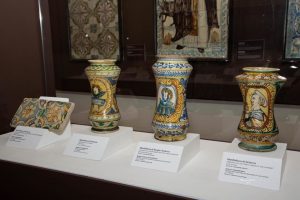
Caltagirone. The pottery tradition of this city, although ancient, seems to have had a great production in the Muslim and Norman times, also testified by the name of the city, Qal’at al Ghiran, or Rocca dei Vasi. In the fifteenth and sixteenth centuries, unlike other centers in western Sicily, the production of Caltagirone remained linked to the Catalan and Moorish taste, preferring geometric decorations, with a prevalence of blue, but not only, on a white glaze.
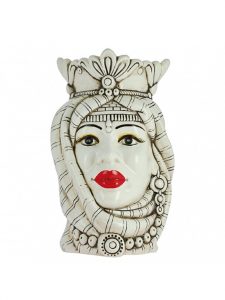
Burgio. Terracotta has been produced here since the 13th century, but only in 1589 a group of potters from Caltagirone set up majolica factories. Burgio has remarkable affinities with Caltagirone for the blue colors, with lively touches of green and yellow, with a quick and almost calligraphic style.
Santo Stefano di Camastra. Even in Santo Stefano di Camastra, the history of pottery is very ancient. There is an evolution in the processing of the same, after the middle of the eighteenth century, when following a rich gentleman, a prince, several master potters and majolica masters arrived to give their contribution of experience to the local workshops.
Trapani. Here, too, the production of majolica began towards the end of the 16th century. Characteristic are the albarelli, vases decorated with gothic motifs, such as the peacock’s tail, the foil leaf and interweaving of an intense blue and later garlands that enclose coats of arms or emblems.
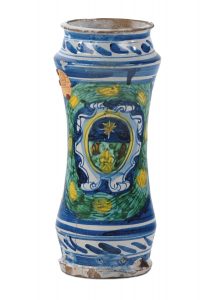
Palermo. City with the port in the center of the Mediterranean, it was the most important base for exports, which included Genoese traders. In Palermo there were many shops that produced pottery with Renaissance influences and decorations influenced by the centers of the north. Subsequently, the typical Palermo production was characterized by works decorated with garlands of leaves, trophies and “quarters” in the bright colors typical of the “flowery style”, yellow, ocher, copper green, blue
Collesano. It is one of the oldest Sicilian centers of ceramic processing. The greatest development was achieved in the 1800s, the century of ‘popular’ ceramic. Hand warmers were produced in the shape of vegetables (citruolu, pipi, mulinciana), water bottles (bburràccia, cucciddatu), pourers (bucali), heater (mariteddu), jugs (cannata, cannata cu lu ‘ngannu), cruets (uglialuoru), colander (sculapasta), objects all linked to ancient production techniques. The typical colors were straw yellow and green. Among the decorative motifs applied, we find the bunch of grapes, the knot, different types of leaves, flowers, jellyfish, resting dog.
To conclude, we can therefore say that Sicily, through its pottery production, tells centuries and centuries of history and influences, cultures and traditions, fused into a perfect union, to tell the story of the Sicilian people.
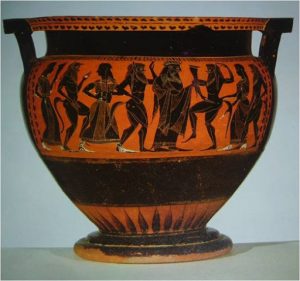
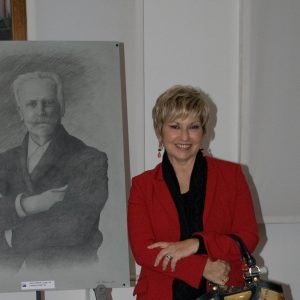
Author: Eliana Calandra, Cultural Department of Splendid Sicily
Director of the Historical Archives of the Municipality of Palermo, of the Sicilian Ethnographic Museum “Giuseppe Pitré” and of the city library system. Paleographer, ethno-anthropologist, passionate about books and reading, author of many specialist publications. Member commission Sicilian Artisan Foundation project (Madrina of the traditions)

Author: Giovanni Vallone, President Cultural Department of Splendid Sicily
President and founder of Splendid Sicily, TV and radio author, writer, ethno-anthropologist, Giovanni has devoted his whole life to the spread and the study of his beloved island. More at www.giovannivallone.com
Join our Cultural Department: become a (Splendid) member of Sicily
You have a unique opportunity to support la bella Sicilia.
Contribute to the building of the greatest Cultural Museum of Sicily: you will be ETERNALLY thanked in our video productions and in the related pages.